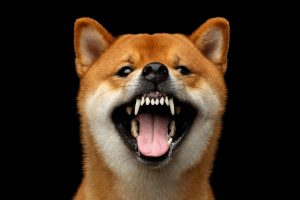Dogs have been helping humans hunt and living as members of their community for at least 14,000 years, and we can trace the breeding of relatively specific types of hunting dogs back to the early civilizations of Egypt, Greece, and Rome. This sophistication has only expanded over time, and now there are a whole host of hunting dog breeds that are designed to fulfill specific roles. From pointers and gun dogs to hounds and terriers, here’s everything you need to know about the different types of hunting dog breeds in the world.
1. Terriers: For Hunting Small Game
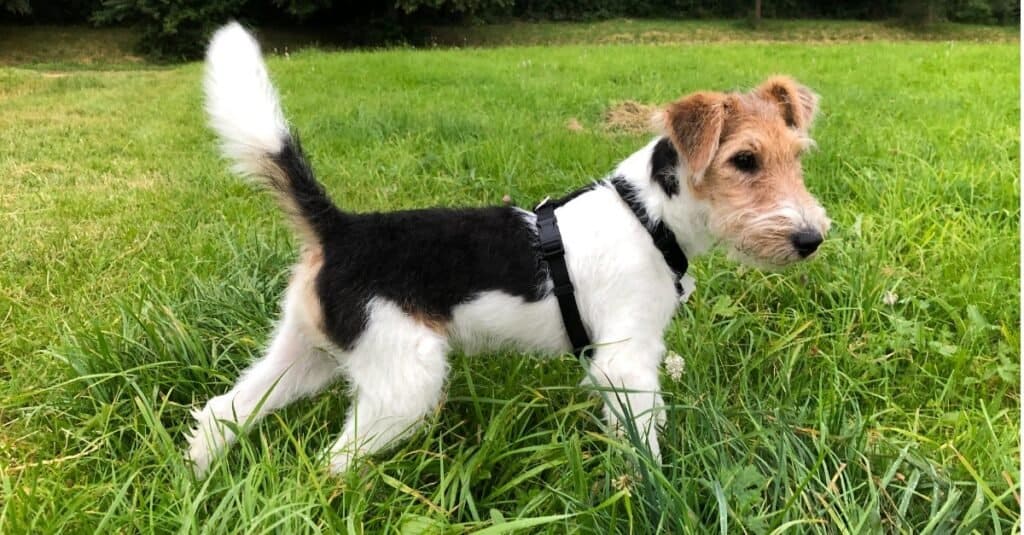
©Martin Zaiser/Shutterstock.com
Most breeds of terriers hail from the United Kingdom, but these squirrel dogs were originally bred not to help humans hunt prey but to exterminate nuisances around the household and farm. Their tenacity and ferocity made them a threat to prey as big as foxes while still being small enough to crawl through tight spaces and tunnels in pursuit of rats, hares, possums, or other nuisances. Today, the diversity among terrier breeds is distinguishable. Larger breeds like the bull terrier can take down game as big as boars but were originally bred for dog fighting.
Today, terriers are often picked as practical dogs for urban living, but many people continue to use them as squirrel dogs. There are even toy variants of major breeds like the Manchester and Yorkshire which have been specifically bred for companionship. But no matter what breed of terrier we’re discussing, they’re still driven by the same powerful instincts. As hunting dogs are conditioned to go to ground after burrowing prey, they have an inherent compulsion to dig. That’s paired with a strong prey instinct and some incredible agility. Where other hunting dog breeds will wear their prey down, terriers will use their short and stocky bodies to outpace them and bring them down as soon as possible.
Terriers were raised to fill a specialized niche as hunters, but they continue to be valuable and beloved breeds despite their primary occupation becoming largely obsolete. You can learn more about them here.
2. Retrievers: For Bringing Back Game
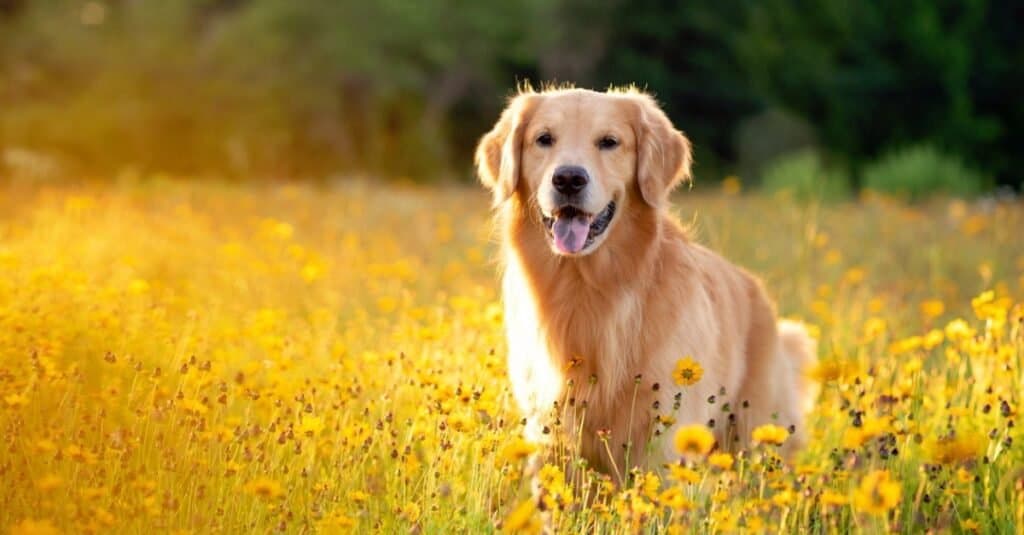
©Tanya Consaul Photography/Shutterstock.com
Retrievers fall into the category of “gun dogs” — types of bird dogs from breeds that developed from the specific needs of hunters using firearms. Most are designed for hunting birds rather than big game. Different types of bird dogs fulfill different roles, but retriever species are some of the most popular types of bird dogs around thanks to their incredibly utility. Their primary job is to bring back birds shot by hunters, but that requires more specialized skills and a sharper mind than you might imagine. Retrievers need to be able to spot prey, but they also need to remember where multiple birds dropped at a single time.
Memorizing multiple drop sites for shot birds and retaining it in the memory for hours at a time is a sizable feat, but retrievers also possess the patience to stay still for hours without disturbing potential prey. These are very smart dogs with an eager sense of loyalty, and that makes them highly adaptable to learning. Retrievers can learn behavior based off a wide range of communication cues, and they’re some of the hardest working dogs around. Retriever breeds ranging from the Labrador to the Golden can be distinguished by their wide snouts, uniquely designed for picking up and carrying prey without damaging it.
Other retriever breeds include the Siberian retriever and curly-coated retriever which you can learn about here and here.
3. Pointers: For Spotting Prey
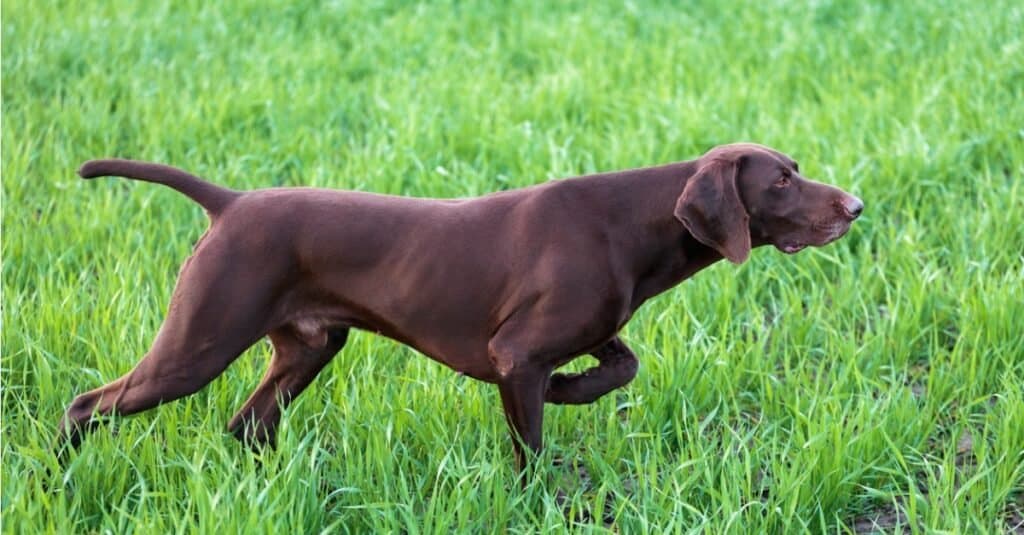
©iStock.com/vik898
While they’re commonly considered as one of the different types of bird dogs used with rifle hunting today, pointers have played a role as hunting dogs since before firearms existed. Instead, pointers would work in unison with greyhounds — the former spotting and pointing out hares and other small game that the greyhound could then chase down. This talent adapted well to hunting with guns since it gives the hunter themselves the entire imperative to both flush out and shoot prey.
Among the different types of bird dogs, pointers are some of the most well-rounded. They’re quiet and patient, but they have a lot of stamina — so they’re well-suited to both long days quietly waiting out deer or crossing long distances while tracking those deer. It’s rare for types of bird dogs to encompass both of those qualities, but pointers are also competent retrievers as well. Just don’t expect these bird dogs to identify and then retrieve multiple ducks at once. Most modern pointers are believed to descend from a breed that was brought from Spain to England in the 18th century. They’ve since come to encompass a variety of breeds like the English pointer, German short-haired pointer, and the rare wire-haired pointing griffon.
Pointers make for great gun dogs and companions, and you can learn more about them here.
4. Sighthounds: For Tracking Prey
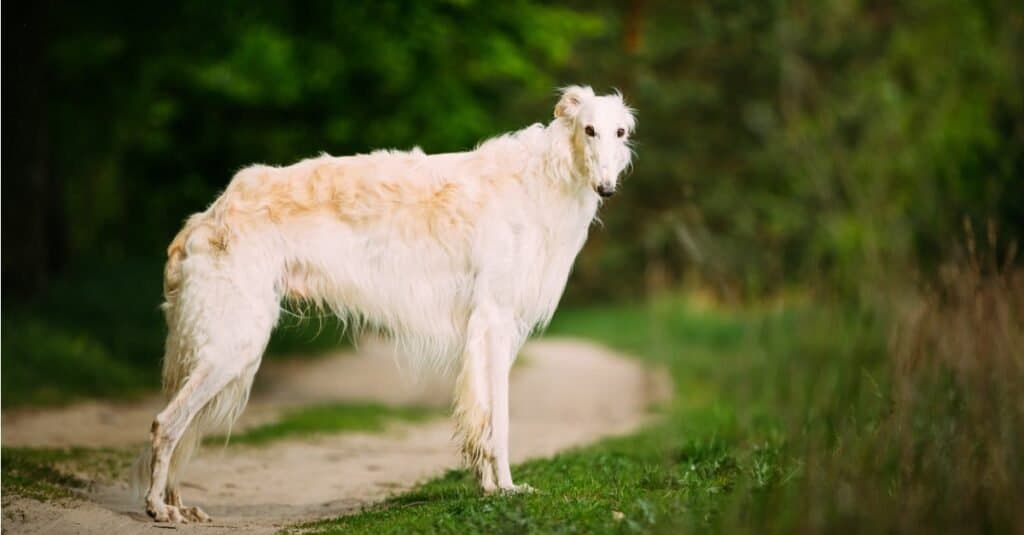
©iStock.com/bruev
While gun dogs work in conjunction with human hunters — and sometimes other animals — hounds have been bred to do most or all of the job for themselves. Sighthounds naturally rely on a superior sense of sight to track their prey and their speed to catch it. Functionally, most sighthounds operate similarly to most predators in the wild — tracking and stalking prey until they can overpower and disable them. Depending on the breed, game can be as large as deer or as small as rabbit or even squirrel.
The category of sighthounds encompasses diverse breeds ranging from the woolly Irish wolfhound to the lavishly furred Aghan hound to the short-haired Italian greyhound. But regardless of the breed, all of these dogs share a similar physiology — lean, long, and powerful. These dogs are large and solitary hunters, and that means that an ounce of wasted energy can mean the difference between life and death in the wild. That means that while their prey instinct is strong, these dogs typically have enough sense and discipline to get close before getting the jump on prey. That high energy and independent nature means that sighthounds can be difficult as family pets, but they can become loving family members with enough patience.
5. Scent Hounds: For Tracking Prey
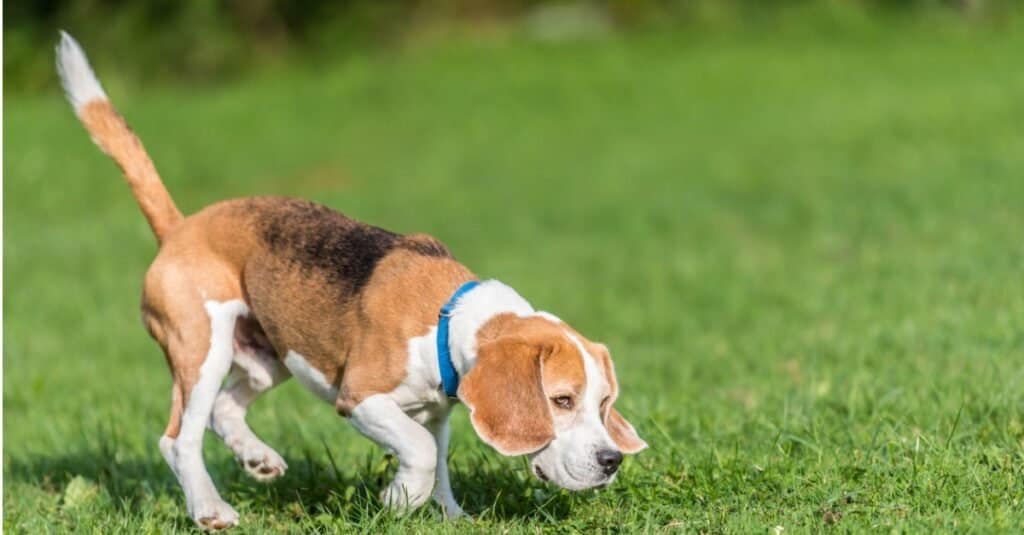
©iStock.com/K_Thalhofer
Just like their counterparts in the sighthound category, scent hounds are capable of identifying, tracking, killing, and retrieving their prey all on their own — but they use dramatically different methods for bringing down prey. Their primary tracking method is their nose, which often allows them to identify and follow prey from significantly longer distances than sighthounds can with their eyes alone. Generally shorter and stockier, these breeds aren’t often capable of outrunning fast prey like deer. Instead, they’ll rely on their superior endurance to simply follow their prey until they’re cornered, treed, or exhausted.
Smaller hounds are often squirrel dogs, but scent hounds are often capable of taking down surprisingly large game. This is especially true with breeds like beagles and foxhounds that hunt in packs. They’ll often coordinate and make use of tactics to rout their prey. In many instances, these dogs won’t kill the animal themselves and instead corner them so that human hunters can bring the prey down. These dogs tend to bark or howl throughout the entire hunt, a trait that developed as an easy way for hunters to follow them into the wilderness. Among the smallest scent hounds is the dachshund, a breed that has been bred to hunt small game like foxes and raccoons but which in packs can capable boar hunters.
6. Spaniels: For Flushing Prey
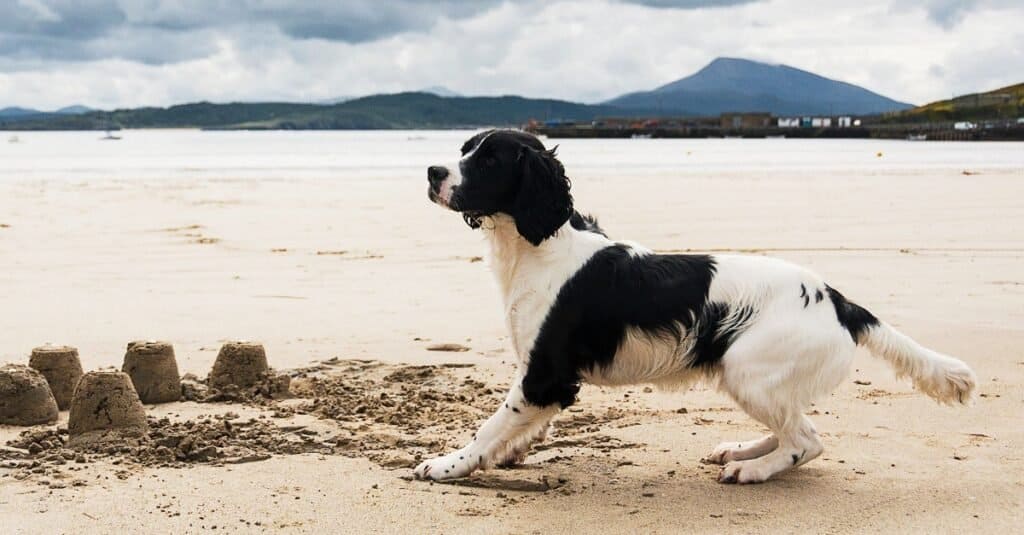
©iStock.com/ZAKmac
While spaniels are now considered gun dogs, they’ve existed since long before the invention of the gun. The first breeds appeared before pointers, and they would serve two roles on the hunt. Setting spaniels would fulfill the role of traditional setter breeds today — sneaking up on game to point them out to hunters and then laying down so nets could be thrown over the game. Springing spaniels would flush out birds like pheasants which could then be picked off by falcons or greyhounds. Today, the latter skills make them exceptional gun dogs that can get prey out of cover for their human hunting companions to shoot. Water spaniels typically chase waterfowl — and they employ clever tactics to lure ducks and other birds towards traps.
Modern spaniel breeds originated in Spain, although it’s believed that they may have descended from Asian hunting dog breeds like the pekingese and pug. Spaniels continue to be versatile hunting companions because they combine a compact size with a strong athleticism and a clever attentiveness. They’re capable of nimbly navigating steep inclines and thick brush, and they’re attentive dogs that can work in sophisticated routine with their human hunters. These same personality traits make them popular pet breeds as well. English springer spaniels and American cocker spaniels are popular choices, but there are also a number of rare breeds like the Kooikerhondje.
Summary of Types of Hunting Dog Breeds
Here is our picks for the types of hunting dog breeds:
| Breed Name | Used For | |
|---|---|---|
| 1. | Terriers | Hunting Small game |
| 2. | Retrievers | Bringing Back Game |
| 3. | Pointers | Spotting Prey |
| 4. | Sighthounds | Tracking Prey |
| 5. | Scent Hounds | Tracking Prey |
| 6. | Spaniels | Flushing-out Prey |
The photo featured at the top of this post is © juliazara/Shutterstock.com
Ready to discover the top 10 cutest dog breeds in the entire world?
How about the fastest dogs, the largest dogs and those that are -- quite frankly -- just the kindest dogs on the planet? Each day, AZ Animals sends out lists just like this to our thousands of email subscribers. And the best part? It's FREE. Join today by entering your email below.
Thank you for reading! Have some feedback for us? Contact the AZ Animals editorial team.






